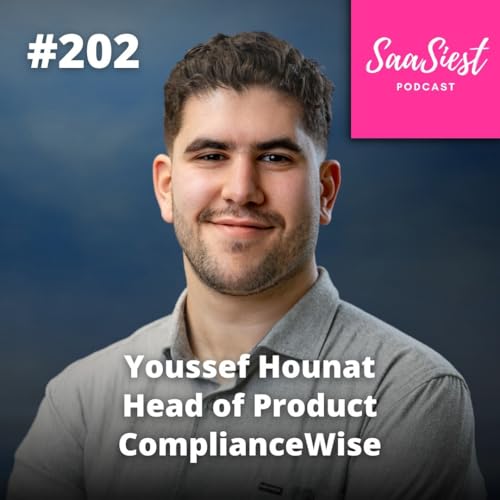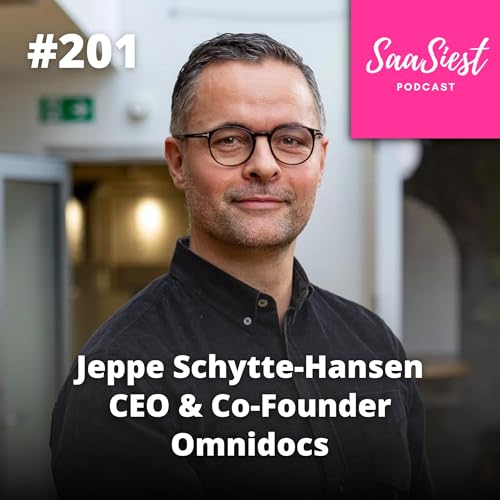In this episode, we’re joined by Inês Lourenco, VP of Growth at Usercentrics, the privacy-led MarTech company that is powering consent on 2M+ websites & apps across 200 countries for 600k customers.
Inês unpacks how she built a 50-person growth org of cross-functional pods (Monetization & Pricing, Acquisition & Virality, Activation, Partner Experience, CMS Integrations, and Retention) around a simple thesis: growth = product distribution. She details the early, scrappy phase with manual signal detection, nightly queries, and “product specialist” outreach - through to a scalable system that routes users to self-serve, low-touch, or high-touch paths based on predicted AOV, with a hard-earned lesson to start with activation before everything else.
We spoke with Inês about turning signals into revenue, structuring pods, and creating an operating cadence where every pod owns its metric such as ARPA growth, NRR/GRR, activation time, and virality share, while collaborating tightly with Product, Marketing, Sales, and CS.
Here are some of the key questions we address:
- How do you define growth as product distribution and design pods that actually move revenue, not vanity metrics?
- What signals predict AOV early, and how do you route users to self-serve vs. low/high-touch experiences accordingly?
- Why did “product specialist” outreach outperform SDR-style messaging, and how do you structure those “baby-step” nudges?
- If you’re starting from scratch, why begin with an Activation pod and what are the first experiments to run?
- How do you set pod-level metrics (ARPA growth, activation time, virality share, NRR/GRR) and avoid cross-metric collateral damage?
- What collaboration model keeps Growth aligned with Product, Marketing, Sales, and CS, and who should Growth report to?
- When shouldn’t you build a growth team (and what to do instead if your top of funnel is small)?
- How do you evolve from consent management to a privacy-led marketing platform, while staying profitable and fast?
🎧 Tune in to learn how Inês turned signals into a system, building a growth engine that’s rigorous, cross-functional, and activation-first, proving that modern growth isn’t a channel, it’s product distribution by design.
 50 mins
50 mins Nov 18 202555 mins
Nov 18 202555 mins Nov 11 202558 mins
Nov 11 202558 mins 42 mins
42 mins 50 mins
50 mins 46 mins
46 mins 50 mins
50 mins 52 mins
52 mins
